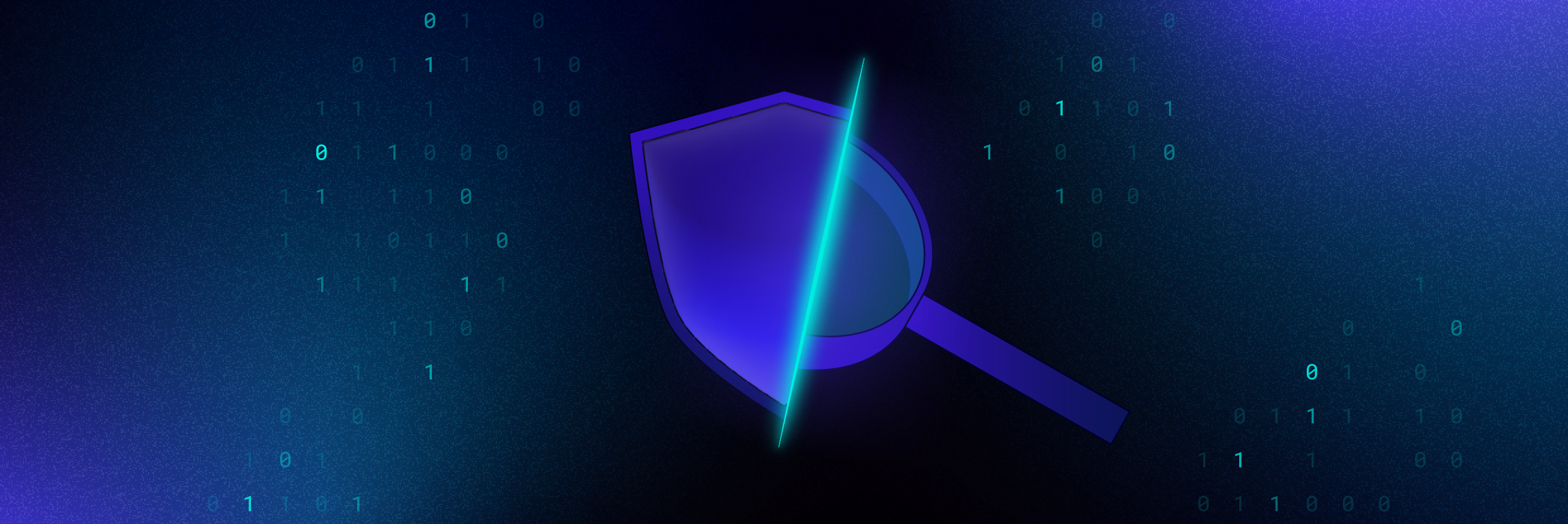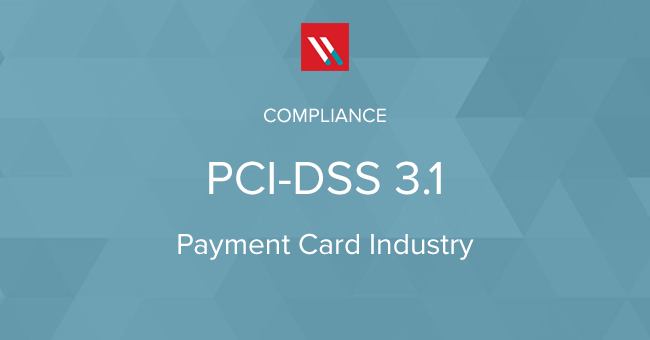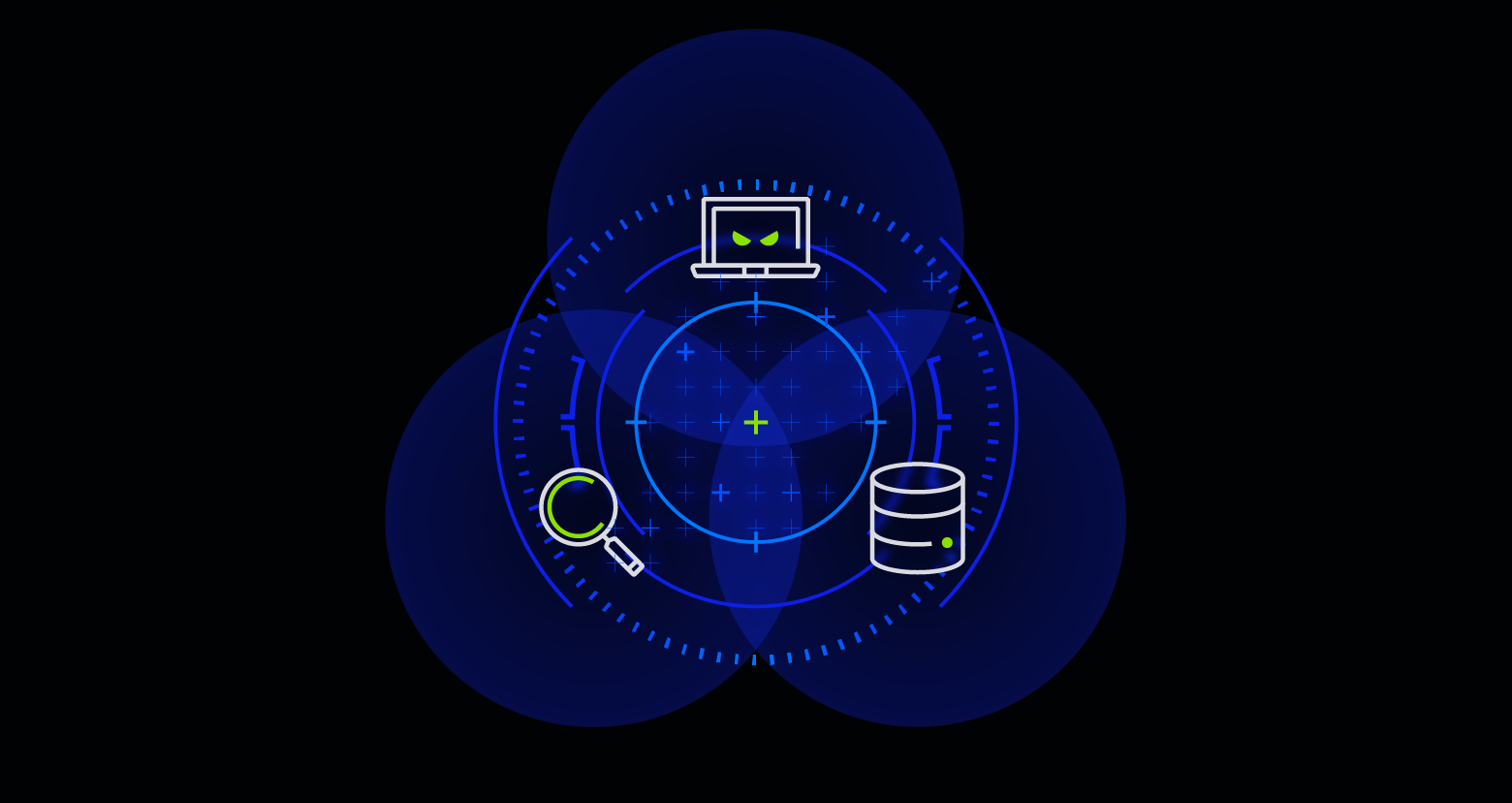Thomas Redman, aka the Data Doc, hit the nail on the head when he said "Where there is data smoke, there is business fire." As data is now the most important asset of most organizations, data breaches, mishandling, or loss can and will cause significant disruption across many areas of operations. And to mitigate these risks, you’ll need to implement Data Lifecycle Management (DLM).
Effectively protecting and managing your organization’s information has become more critical than ever, and DLM is an approach that aims to ensure data privacy and security from data creation to destruction. DLM provides benefits such as risk management, a better understanding of a business’s requirements and goals, and optimal decision-making.
The ability to recover data at unprecedented rates during high-pressure situations is also enabled by DLM.
In this article, we’ll discuss everything you need to know about data lifecycle management to ensure you fully understand the approach and can optimize control over multifaceted organizational data.
Get the Free Essential Guide to US Data Protection Compliance and Regulations
- Overview: What is data lifecycle management?
- Three main goals and benefits of DLM
- Data lifecycle management framework
- DLM vs. other systems
- DLM FAQ
- How Varonis can help
Overview: What is data lifecycle management?
Data lifecycle management (DLM) is an approach for businesses that maximizes benefits from data acquired or generated. DLM also serves to mitigate potential risks related to data collection, storage, or transmission. By implementing DLM, organizations are better protected against ransomware, phishing, and other malicious attacks.
As information technology has progressed, businesses and organizations have transitioned from conventional approaches for storing data to using digital databases for data management. This evolution led to businesses becoming aware of the importance of properly managing the data lifecycle, not only for optimizing information but also for mitigating associated risks.
DLM solutions automate lifecycle management processes associated with data, organizing information into tiers and categories according to specific policies, and automating data migration between tiers. Newer and more frequently accessed data is also typically stored on faster, more expensive storage media than less critical data in most DLM implementations.
Three main goals and benefits of DLM
The rampant increase in data means that organizations are storing information in more places and platforms than ever. This includes on-premise servers, cloud environments, and edge computing systems.
The need for DLM is great; below are three key goals and benefits that any good data lifecycle management program encompasses.
1. Security and confidentiality
One of the major goals of DLM is ensuring data is stored securely at all times. DLM ensures that private, confidential, or sensitive information is continuously protected against potential breach, theft, or compromise. With DLM, you’ll benefit from having an end-to-end approach to protecting sensitive information from both internal and external threats.
2. Data integrity
A successful DLM strategy should be able to retain the original form of any data, track all changes, and grant visibility to key decision-makers. Data should be accurate and reliable regardless of where it’s stored, who works with it, and how many copies exist. Maintaining data integrity ensures the information used is accurate, whole, and safe to work with.
3. Data availability
Data is useless if it's not available for use by teams within your organization, but too much availability may pose concerns if not contained. Approved users should have access to the data where and when they need it without disruptions to workflows or day-to-day operations.
Once you understand the main goals and benefits of DLM, you’ll be ready to take a closer look at the entire DLM framework and how it applies specifically to your organization.
Data lifecycle management framework
Every business has its own way of interpreting and classifying data, depending on your business model, software tools, and individual data management strategies. However, the stages that data goes through during its lifespan tend to be consistent in most scenarios.
- Data creation: The first phase of DLM is the creation and capture of data. This can take multiple forms, from PDFs and images to Word documents, SQL database information, and SaaS data that lives on platforms like Salesforce CRM. You can acquire already existing data from an outside organization or manually enter data internally. The information generated by devices or systems is also in this stage of the framework in the form of data capture.
- Data storage: Once data is acquired, input, or captured, you’ll then need to store it. In DLM methodology, that means protecting data in a manner that’s in alignment with how sensitive or important that information is. You’ll also need to implement a robust backup and recovery process that ensures the retention of data over the long run. Establish policies around data storage and the ways in which both cloud and storage environments containing inactive data should be used.
- Data usage: Data is classified, used, and shared by members of your organization in this phase. You need to ensure adherence to data regulatory policies while it’s being used. Usage is often considered to be the most sensitive phase in the data lifecycle, so you need to establish tracking systems and audit trails to ensure any alterations or changes to data are documented. In certain cases, data may also be made available to those outside your organization.
- Data archival: Archival of your data in a safe and secure environment is the next phase of the DLM framework. An archive is simply a location where data is stored without the need for maintenance or general usage. Data that’s no longer necessary for ongoing business operations should be archived and separated from data that’s actively being used to avoid mixing or mishandling. Your archive should also be able to restore your data to an active environment immediately if and when necessary.
- Data destruction: Data is the driving force behind an organization, but it can also be a toxic asset. Keeping data that is not serving any purpose just exposes you to risks associated with it. Hence, you’ll need to destroy data at some point for the purposes of safety and compliance with regulations such as GDPR, which incorporates DLM principles. Data destruction typically takes place from the archival location and must be done according to your organizational DLM policies. How you destroy data will also depend on which media or devices it lives on, from inactive data storage drives to private cloud servers.
The form these stages will take depends on your organization’s business processes and data security platform, as well as applicable privacy regulations like GDPR and CCPA. It’s also important to note the phases won’t necessarily be linear. Data creation, storage, and usage often take place simultaneously throughout the course of business operations.
DLM vs. other systems
While DLM is fast becoming the standard for promoting data security and confidentiality of information from beginning to end, there are a few other frameworks organizations can consider implementing. Below we’ve listed two other data management standards and detailed how they stack up against DLM.
DLM vs. HSM
Hierarchical storage management (HSM) is sometimes confused for DLM, but in reality, HSM is much less encompassing. HSM is an automated software tool used to differentiate various types of storage media such as solid-state drives, optical storage, and hard disk drives, with each representing a different level of cost and performance.
HSM is also focused on the cost-efficiency of each device while maintaining accessibility and performance. Using HSM, administrators can define guidelines for how often various file types should be accessed, copied, or backed up. Once the admin establishes these guidelines, the HSM software then manages and implements the specifications.
So while HSM is useful in various DLM phases such as archival and storage, it’s simply one tool as opposed to the holistic nature of the DLM framework.
DLM vs. ILM
Another comparable strategy to DLM is the information management lifecycle (ILM), which is fundamentally centered around information. This includes both digitally and physically stored information, such as a customer’s phone number or social security number. ILM policy determines the handling of such information in all formats, including outgoing letters and hard copies in file cabinets.
In addition, ILM focuses on how specific pieces of information can be searched. While DLM software tools are adept at allowing admins to sort information by categories such as file size and attributes, ILM tools are often more effective at actually locating specific pieces of information. ILM tools and strategies can also come in handy with regulatory compliance.
For instance, GDPR guarantees that every customer has a “right to be forgotten,” meaning individuals can legally request to have their personal data erased from organizational databases. ILM is useful in locating and purging individual records should that request be made.
DLM FAQ
Q: Who should use DLM?
A: Any organization that handles sensitive, private data that’s subject to regulatory compliance should use DLM. If your business collects or stores information such as bank account numbers, contact information, healthcare-related data, etc., implementing DLM is critical.
Q: Why is DLM important?
A: Using DLM creates processes around the collection, access, usage, and destruction of data that protects your information and satisfies regulators. DLM also helps create cost-efficient structures around how your technology stack interfaces with data.
Q: What are the main goals of DLM?
A: Security, confidentiality, integrity, and availability are the primary directives of DLM, and are built into all phases — from data collection and creation to archival and destruction. DLM seeks to protect and dispose of data properly while simultaneously making it available for access and use.
How Varonis can help
Varonis can help with your DLM efforts by identifying sensitive data, mapping who has access and helping ensure that only the right people have access, and monitoring the use of that data to detect suspicious activity that puts your organization at risk.
1. Security and confidentiality
Varonis automatically uncovers and classifies where sensitive data lives within your on-premises and cloud environments. We can apply sensitivity labels that fully integrate with Microsoft Information Protection (MIP) allowing you to easily mark your data for encryption, obfuscation, or deletion — helping enforce your data protection policies.
2. Data integrity
Varonis monitors your data activity and provides you with a complete audit trail of events so you can easily see and report on which users have access to your data and what they are doing with it.
Use Varonis to create security and privacy policies that automatically move, archive, quarantine, or delete data based on content type, age, sensitivity, and access activity.
3. Data availability
Varonis provides a granular mapping of data access and permissions. By monitoring and analyzing how users access and share data, we can identify excessive access to sensitive data and provide recommendations on where permissions should be revoked, and can even do so automatically at scale — all without interrupting daily operations.
This helps ensure only the right people have access to the data they need to perform their roles, and enables you to right-size permissions to enforce a least-privilege access model.
Closing thoughts
Adopting DLM helps organizations protect information, become cost-efficient, and identify vulnerabilities in their data technology ecosystem. Almost any organization that handles sensitive or private data that needs safeguarding should strongly consider implementing DLM, along with complementary software that alerts and detects compromises in real-time. Working with an experienced partner like Varonis to formulate the right DLM strategy will help you manage information appropriately and ensure compliance from beginning to end.
What should I do now?
Below are three ways you can continue your journey to reduce data risk at your company:
Schedule a demo with us to see Varonis in action. We'll personalize the session to your org's data security needs and answer any questions.
See a sample of our Data Risk Assessment and learn the risks that could be lingering in your environment. Varonis' DRA is completely free and offers a clear path to automated remediation.
Follow us on LinkedIn, YouTube, and X (Twitter) for bite-sized insights on all things data security, including DSPM, threat detection, AI security, and more.








